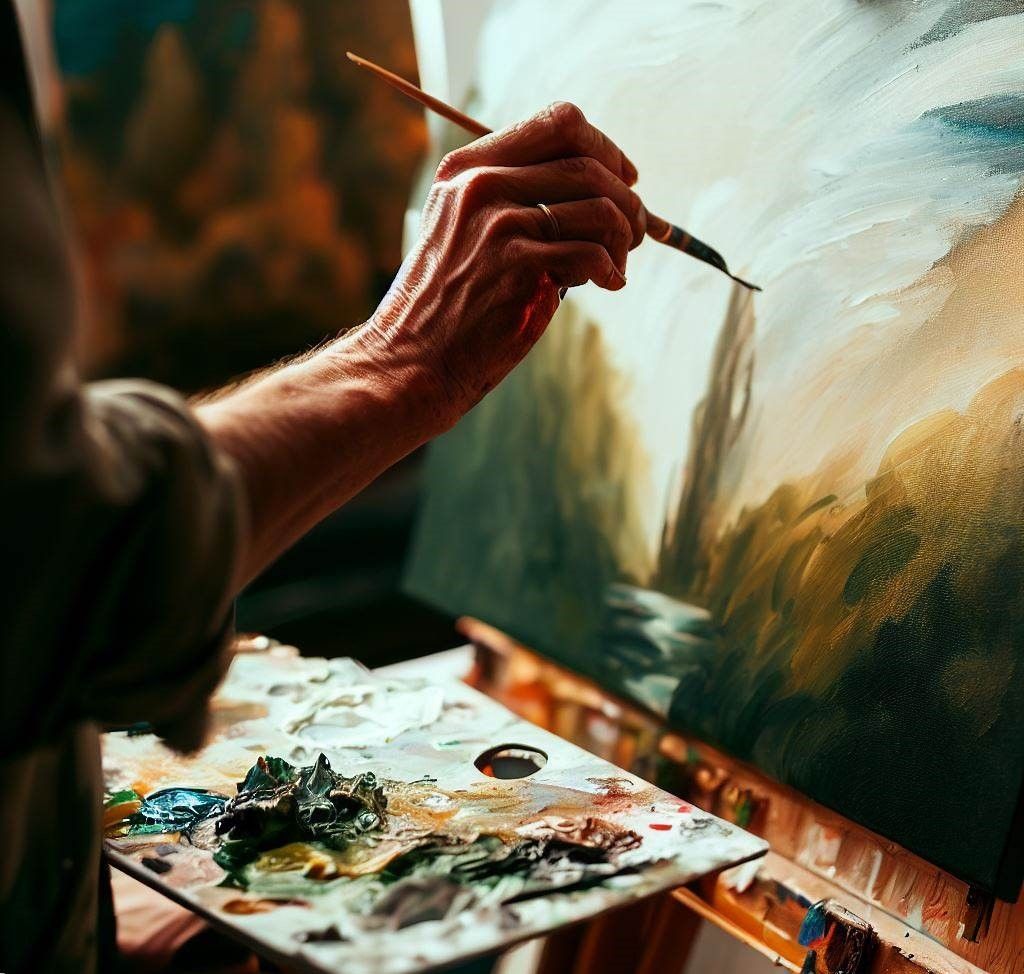The most famous paintings of all time by ⏷
- Copy link to this page
- View on Zora
- View on Zora Block Explorer
- Refresh edition metadata

IMAGE
1024x974 201KB
May 01
0x6bab
Read more
📶 0 comments
See all comments